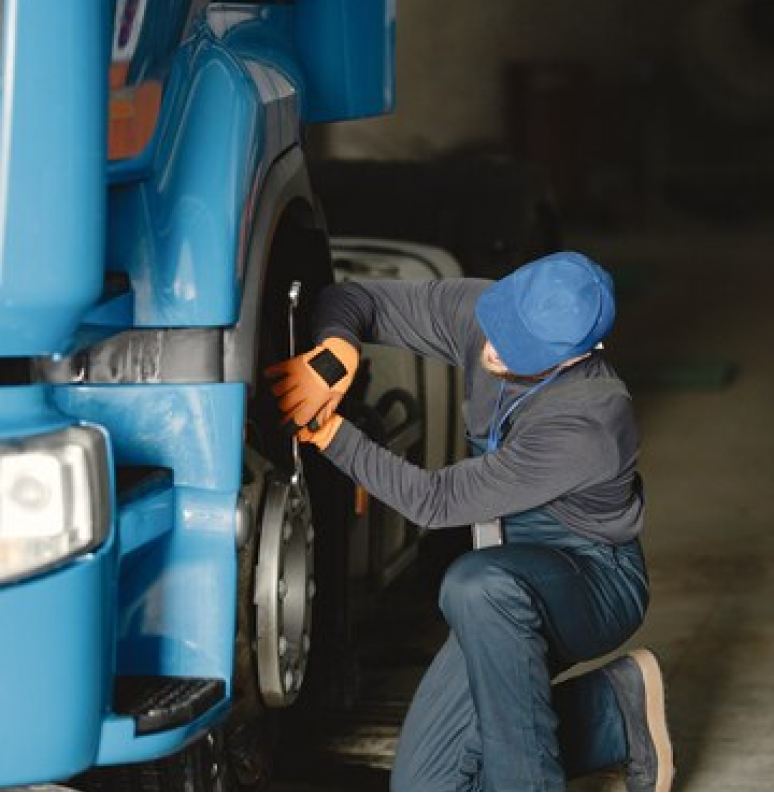


Figure and pay the tax due on highway motor vehicles used during the period with a taxable gross weight of 55,000 pounds or more. Figure and pay the tax due on a vehicle for which you completed the suspension statement on another Form 2290 if that vehicle later exceeded the mileage use limit during the period. See Suspended vehicles exceeding the mileage use limit, later.

Figure and pay the tax due if, during the period, the taxable gross weight of a vehicle increases and the vehicle falls into a new category

Claim suspension from the tax when a vehicle is expected to be used 5,000 miles or less (7,500 miles or less for agricultural vehicles) during the period.

Claim a credit for tax paid on vehicles that were destroyed, stolen, sold, or used 5,000 miles or less (7,500 miles or less for agricultural vehicles)

Report acquisition of a used taxable vehicle for which the tax has been suspended.

Figure and pay the tax due on a used taxable vehicle acquired and used during the period. See Used vehicle, late


To report all vehicles for which you are reporting tax (including an increase in taxable gross weight) and those that you are reporting suspension of the tax by category and vehicle identification number (VIN).

As proof of payment to register your vehicle(s) (unless specifically exempted) in any state. Use the copy of Schedule 1 stamped and returned to you by the IRS for this purpose.

Use Form 2290-V, Payment Voucher, to accompany your check or money order. Form 2290-V is used to credit your heavy highway vehicle use tax payment to your account. If filing electronically, see How To Pay the Tax, later.
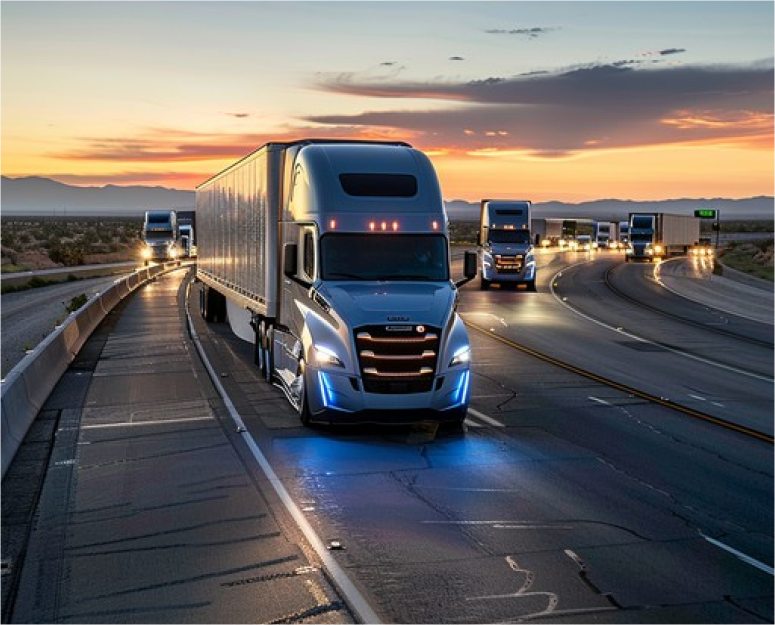
Highway motor vehicles that have a taxable gross weight
of 55,000 pounds or more are taxable.
A highway motor vehicle is defined as any self-propelling vehicle
designed to carry loads over public highways, even if they are designed to perform other functions.
Some examples of vehicles that are designed to carry loads over a public highway are:
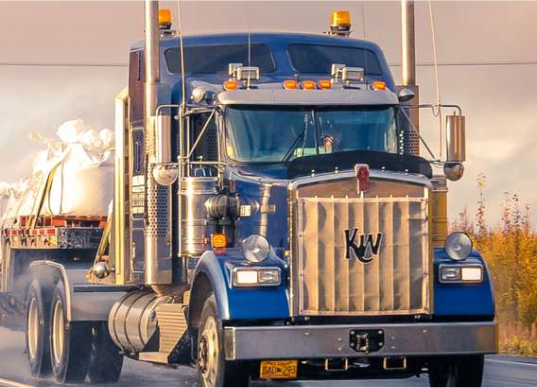
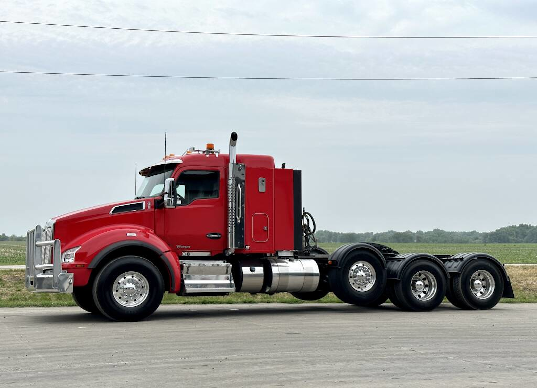



Qualified subchapter S subsidiaries (QSubs) and eligible
single-owner disregarded entities are treated as separate
entities for most excise tax and reporting purposes. QSubs and
eligible single-owner disregarded entities must pay and report
excise taxes; register for excise tax activities; and claim any
refunds, credits, and payments under the entity’s employer
identification number (EIN). These actions can’t take place
under the owner’s taxpayer identification number (TIN). Some
QSubs and disregarded entities may already have an EIN. However,
if you are unsure, please call the IRS Business and Specialty Tax line at 800-829-4933.
Generally, QSubs and eligible single-owner disregarded
entities will continue to be treated as disregarded
entities for other federal tax purposes
(other than employment taxes). For more information,
see Regulations section 301.7701-2(c)(2)(v).
If a taxable vehicle is registered in the name of both the owner and another person, the owner is liable for the tax . This rule also applies to dual registration of a leased vehicle.
Any vehicle operated under a dealer’s tag, license, or permit is considered registered in the name of the dealer.

It is used exclusively for the transportation of products harvested from the forested site, or it exclusively transports the products harvested from the forested site to and from locations on a forested site (public highways may be used between the forested site locations)

It is registered (under the laws of the state or states in which the vehicle is required to be registered) as a highway motor vehicle used exclusively in the transportation of harvested forest products.

A vehicle will be considered to be registered under the laws of a state as a highway motor vehicle used exclusively in the transportation of harvested forest products if the vehicle is so registered under a state statute or legally valid regulations. In addition, no special tag or license plate identifying a vehicle as being used in the transportation of harvested forest products is required.

Products harvested from the forested site may include timber that has been processed for commercial use by sawing into lumber, chipping, or other milling operations if the processing occurs before transportation from the forested site.
The use of some highway motor vehicles are exempt from the tax and therefore not required to file the 2290 form. The use of a highway motor vehicle is not required to file if it is used and operated by the following:

The federal government

The District of Columbia

State or local government

The American National Red Cross

Non-profit volunteer fire department, ambulance association or rescue squad

Indian tribal government (Only if the vehicles use is for essential tribal government function)

Mass transportation authority (If it is created under a statute that gives certain powers normally exercised by the state)

Qualified blood collector vehicles (A qualified blood collector vehicle is a vehicle that is used at least 80% of the time to collect, store or transport blood by a qualified blood collecting organization)

You must file Form 2290 and Schedule 1 for the tax period beginning on July 1, 2024 and ending on June 30, 2025 if a taxable highway motor vehicle is registered, or required to be registered, in your name under state, District of Columbia, Canadian, or Mexican law at the time of its first use during the tax period and the vehicle has a taxable gross weight of 55,000 pounds or more. A highway motor vehicle is defined as any self-propelling vehicle designed to carry loads over public highways, even if they are designed to perform other functions. Some examples of vehicles that are designed to carry loads over a public highway are:
You may be an individual, limited liability company (LLC), corporation, partnership, or any other type of organization (including nonprofit, charitable, educational, etc.).
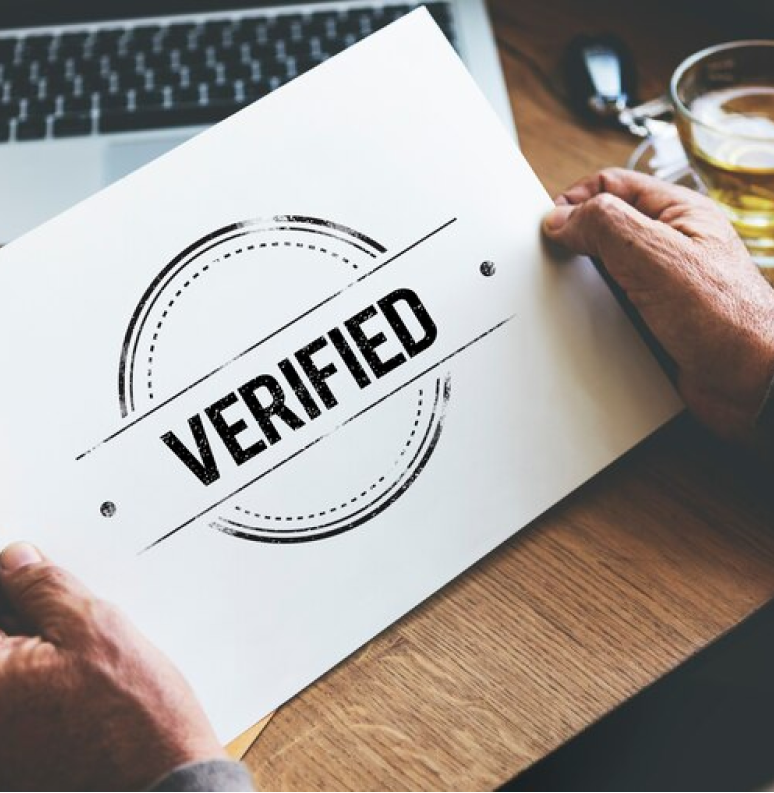

Qualified subchapter S subsidiaries (QSubs) and eligible
single-owner disregarded entities are treated as separate
entities for most excise tax and reporting purposes. QSubs and
eligible single-owner disregarded entities must pay and report
excise taxes; register for excise tax activities; and claim any
refunds, credits, and payments under the entity’s employer
identification number (EIN). These actions can’t take place
under the owner’s taxpayer identification number (TIN). Some
QSubs and disregarded entities may already have an EIN. However,
if you are unsure, please call the IRS Business and Specialty Tax line at 800-829-4933.
Generally, QSubs and eligible single-owner disregarded
entities will continue to be treated as disregarded
entities for other federal tax purposes
(other than employment taxes). For more information,
see Regulations section 301.7701-2(c)(2)(v).
If a taxable vehicle is registered in the name of both the owner and another person, the owner is liable for the tax . This rule also applies to dual registration of a leased vehicle.
Any vehicle operated under a dealer’s tag, license, or permit is considered registered in the name of the dealer.

It is used exclusively for the transportation of products harvested from the forested site, or it exclusively transports the products harvested from the forested site to and from locations on a forested site (public highways may be used between the forested site locations)

It is registered (under the laws of the state or states in which the vehicle is required to be registered) as a highway motor vehicle used exclusively in the transportation of harvested forest products.

A vehicle will be considered to be registered under the laws of a state as a highway motor vehicle used exclusively in the transportation of harvested forest products if the vehicle is so registered under a state statute or legally valid regulations. In addition, no special tag or license plate identifying a vehicle as being used in the transportation of harvested forest products is required.

Products harvested from the forested site may include timber that has been processed for commercial use by sawing into lumber, chipping, or other milling operations if the processing occurs before transportation from the forested site.
Form 2290 must be filed for the month the taxable vehicle is first used on public highways during the current period. The current period begins July 1, 2024, and ends June 30, 2025. Form 2290 must be filed by the last day of the month following the month of first use (as shown in the chart, later). Note. If any due date falls on a Saturday, Sunday, or legal holiday, file by the next business day. If you first use multiple vehicles in more than one month, then a separate Form 2290 must be filed for each month, as shown in Example 3, later. The filing rules apply whether you are paying the tax or reporting suspension of the tax. The following examples demonstrate these rules.
John uses a taxable vehicle on a public highway by driving it home from the dealership on July 2, 2024, after purchasing it. John must file Form 2290 by August 31, 2024, for the period beginning July 1, 2024, through June 30, 2025. To figure the tax, John would use the amounts on Form 2290, page 2, column (1).
John purchases a new taxable vehicle on September 2, 2024. The vehicle is required to be registered in his name. The vehicle is first used on the public highway by driving it home from the dealership after purchasing it in September. John must file another Form 2290 reporting the new vehicle by November 1, 2024, for the period beginning September 1 , 2024, through June 30, 2025. Because October 31, 2024 , falls on a Sunday, John does not have to file until the next business day, November 1, 2024. To figure the tax, John would use Table I.
All vehicles that are first used in the current period in July 2024 by driving them from the dealership on the public highway to his warehouse after purchasing them. Trucker A must file one Form 2290 on or before August 31, 2024. Trucker B first uses vehicles on the public highway in July and August. Trucker B must report the vehicles first used in July by August 31, 2024, and the vehicles first used in August on a separate return filed by September 30, 2024.
July 2024
August 2024
September 2024
October 2024
November 2024
December 2024
January 2025
February 2025
March 2025
April 2025
May 2025
June 2025
August 31, 2024
September 30, 2024
October 31, 2024
November 30, 2024
December 31, 2024
January 31, 2025
February 28, 2025
March 31, 2025
May 1, 2025
May 31, 2025
June 30, 2025
July 31, 2025
202407
202408
202409
202410
202411
202412
202501
202502
202503
202504
202505
202506


Internal Revenue Service

7940 Kentucky Drive

Florence, KY 41042-2915
In your letter, you must fully explain the cause of the delay. Except for taxpayers abroad, the extension may be for no more than 6 months. An extension of time to file does not extend the time to pay the tax. If you want an extension of time to pay, you must request that separately.
Employer Identification number (EIN)
Vehicle Identification number (VIN)
Taxable gross weight of each vehicle to determine the category

You can file your IRS form 2290 electronically through any electronic return originator, transmitter, and/or intermediate service provider that is authorized by the IRS e-file program for excise taxes.
You can file your IRS form 2290 electronically through any electronic return originator, transmitter, and/or intermediate service provider that is authorized by the IRS e-file program for excise taxes.

Internal Revenue service

P.O. Box 932500

Louisville, KY 40293-2500

Department of the Treasury Internal Revenue Service

1973 Rulon White Blvd.

Ogden, UT 84201-0038

Internal Revenue Service International Accounts Department

1973 Rulon White Blvd.

Ogden, UT 84201-0038

Electronic funds withdrawal (direct debit) if filing electronically

Electronic Federal Tax Payment System (EFTPS)

Credit or Debit card

Check or Money order using the payment voucher

United States- 866-699-4096

Form 2290 IRS Hotlines United States- 866-699-4096 Canada or Mexico- 859-320-3581
Form 2290 filers are now able to pay their heavy vehicle use tax liability with either
Filers must enter the correct month of first use on their schedule 1 ro indicate when the taxable vehicles are included on the schedule 1 were first used during the tax period.
US Customs and Border Protection REQUIRE 2290 proof of payment before any Canadian or Mexican vehicle enters the United States.
it is required for both copies of Schedule 1 be completed and filed. The Second copy will be stamped and returned to you for use as proof of payment of IRS Form 2290 HVUT.1
It is required by the IRS for any company filing for 25 or more vehicles that they electronically file during the tax period. Tax-suspended vehicles (category W) are not included in the electronic filing requirement for 25 or more vehicles due to their being no tax to be paid for these vehicles. Although, it is strongly encouraged to file electronically no matter the number of vehicles in the fleet.
IF you receive a penalty for filing your IRS Form 2290 HVUT Schedule 1 late and you believe you have a legitimate, reasonable cause for the late filing, be sure to send a letter to the IRS explaining the situation for the late filing.
It is required by the IRS for any company filing for 25 or more vehicles that they electronically file during the tax period. Tax-suspended vehicles (category W) are not included in the electronic filing requirement for 25 or more vehicles due to their being no tax to be paid for these vehicles. Although, it is strongly encouraged to file electronically no matter the number of vehicles in the fleet.
IF you receive a penalty for filing your IRS Form 2290 HVUT Schedule 1 late and you believe you have a legitimate, reasonable cause for the late filing, be sure to send a letter to the IRS explaining the situation for the late filing.

If the vehicle is registered in any state that requires a declaration of gross weight in a specific amount, including proportional or prorated registration or payment of any other fees or taxes, then the taxable gross weight of the vehicle must be no less than the highest gross weight declared for the vehicle in any state. If the vehicle is a tractor-trailer or truck-trailer combination, the taxable gross weight must be no less than the highest combined gross weight declared.
If the vehicle is registered in any state that requires vehicles to be registered on the basis of gross weight, and the vehicle is not registered in any state that requires a declaration of specific gross weight, then the taxable gross weight of the vehicle must fall within the highest gross weight category for which the vehicle is registered in that state.
If the vehicle is registered only in a state or states that base registration on actual unloaded weight, then the taxable gross weight is the total of the three items listed under Taxable Gross Weight, earlier.
